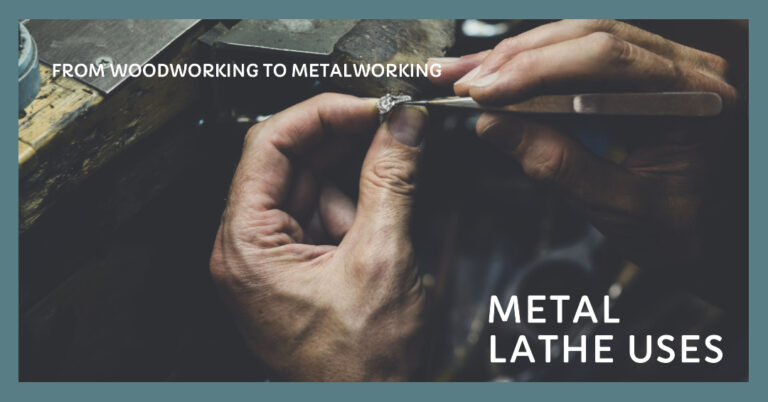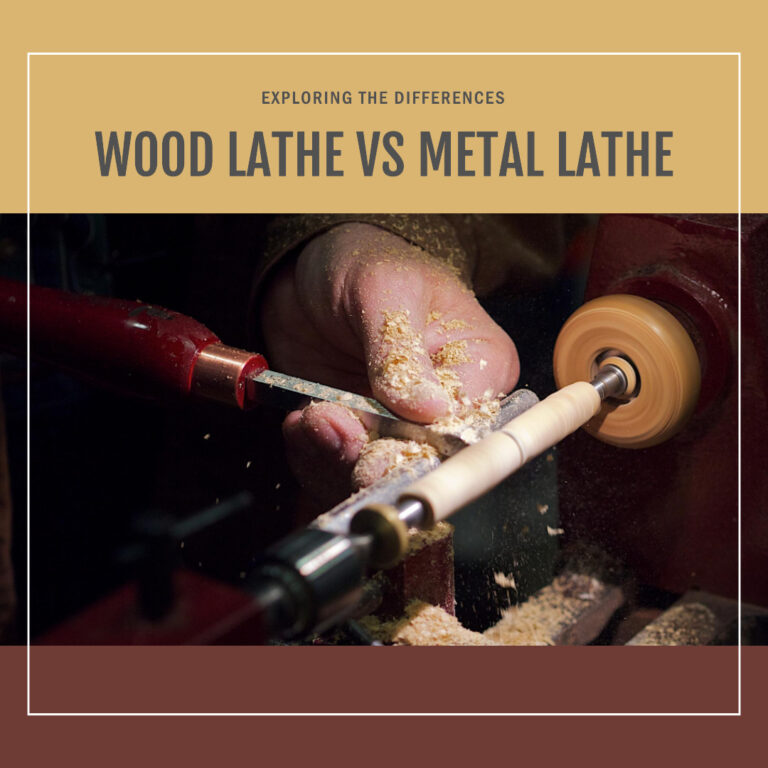Milling vs Grinding

Entering the realm of material processing? You’re not alone if you find “Milling” and “Grinding” a tad confusing. On the surface, they look similar. But trust me, dive a bit deeper and they’re as different as night and day, each with its own set of quirks and uses.
Confused? I get it. I’ve been there too. It’s tough to tell milling and grinding apart when you’re a beginner.
So, let’s clear things up. We’ll walk through the unique aspects of milling and grinding. We’ll explore how they work, the tools they use, and the pros and cons of each.
What Is Milling?
Milling is like sculpting, but a machine does the heavy lifting. A spinning cutter shaves off bits of a workpiece to create your desired shape. The magic of milling is its adaptability. Swap out the cutter and voila, you’ve got endless shape possibilities.
Remember playing with play dough as a kid? Milling is the adult upgrade of that same joy. You’re crafting shapes, just at a more advanced level.
What Is Grinding?
Think of grinding as the sanding phase of material processing. Here, an abrasive wheel polishes your workpiece to perfection. It’s your go-to for a flawless finish, usually coming in after other methods have done their part.
Ever sanded down a piece of wood to get that silky-smooth touch? That’s what grinding brings to the table in machining final touches that make all the difference.
Differences Between Milling & Grinding?
Tool Setup: Milling uses a multi-point tool, giving it many cutting edges to shape material. It’s a team effort. Grinding goes solo, relying on a single abrasive grain to polish surfaces to perfection.
Material Scope: Milling is versatile, handling everything from metals to plastics. It’s your jack-of-all-trades. Grinding specializes, mainly sticking to metalwork to deliver a top-tier finish.
Speed vs. Precision: Milling is your speedy option, taking off material at a faster rate. Grinding is the slow and steady one, aiming for flawless finishes.
Accuracy: Both are highly accurate, but grinding gets extra points for ultra-fine finishes and tight tolerances. Imagine a good kitchen knife versus a chef’s knife; both cut well, but one has that extra finesse.
Handling Interruptions: Milling is more forgiving with irregular surfaces, like workpieces with holes or gaps. Grinding likes things consistent, no interruptions allowed.
Final Thoughts
Milling and grinding might seem interchangeable. But they’re not—each has its own set of strengths and ideal uses. It’s not about which one is “better,” but which one fits your specific needs. Think of it as choosing between a paintbrush and a pencil; the tool depends on your vision.
The more you delve into projects, the clearer the differences between milling and grinding become. This clarity will be your guide, helping you achieve the results you’re after. So go ahead, pick the right tool for the job and make your vision a reality.
Frequently Asked Questions (FAQs)
Is Grinding Better Than Milling?
This is like asking, “Is a pencil better than a paintbrush?” Neither is universally superior; it depends on the task at hand. Grinding offers unparalleled precision and a high-quality finish, making it ideal for tasks that demand finesse. With its versatile cutting tools and capability to handle a broader range of materials, milling is more adaptable for roughing and shaping.
So, the answer lies in understanding your project’s needs.
Which Is More Beginner Friendly?
For those dipping their toes into the world of material processing, milling might feel a tad more approachable. Its versatility and adaptability make it a great starting point for learning the ropes. Grinding, emphasizing precision and fine finishes, might require a steadier hand and a deeper understanding of materials.
However, every journey begins with a single step, and with passion and practice, both processes become second nature.






